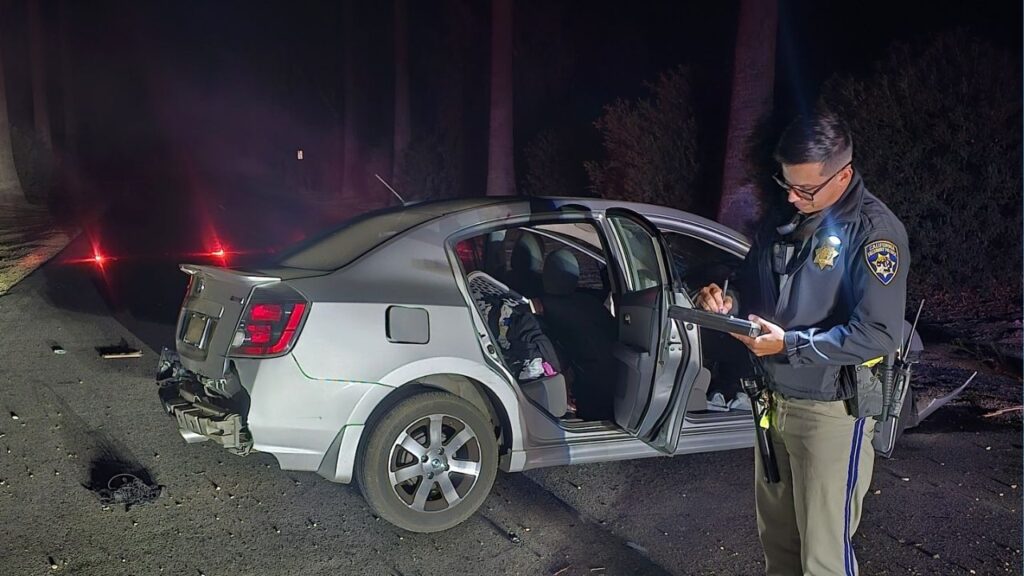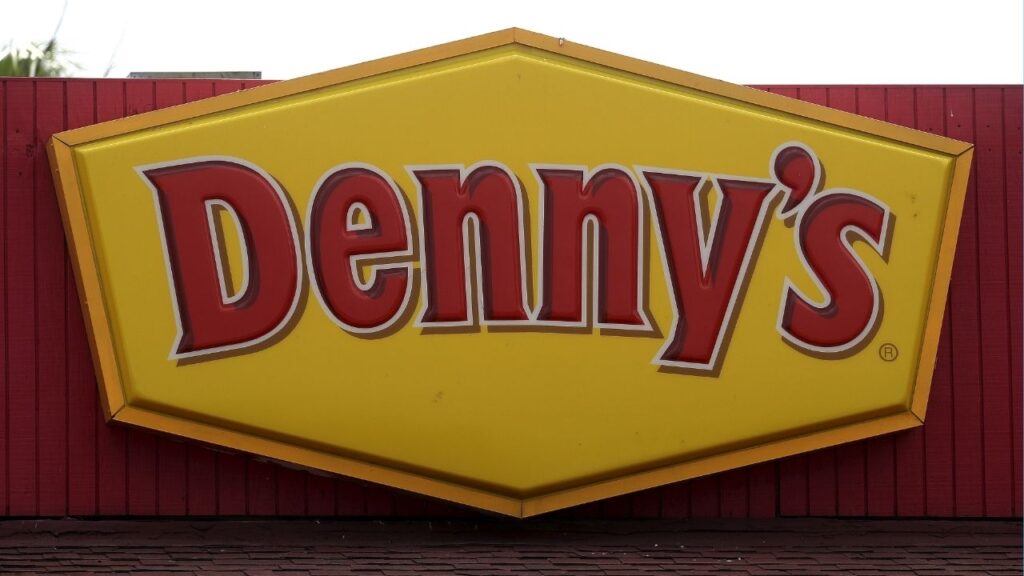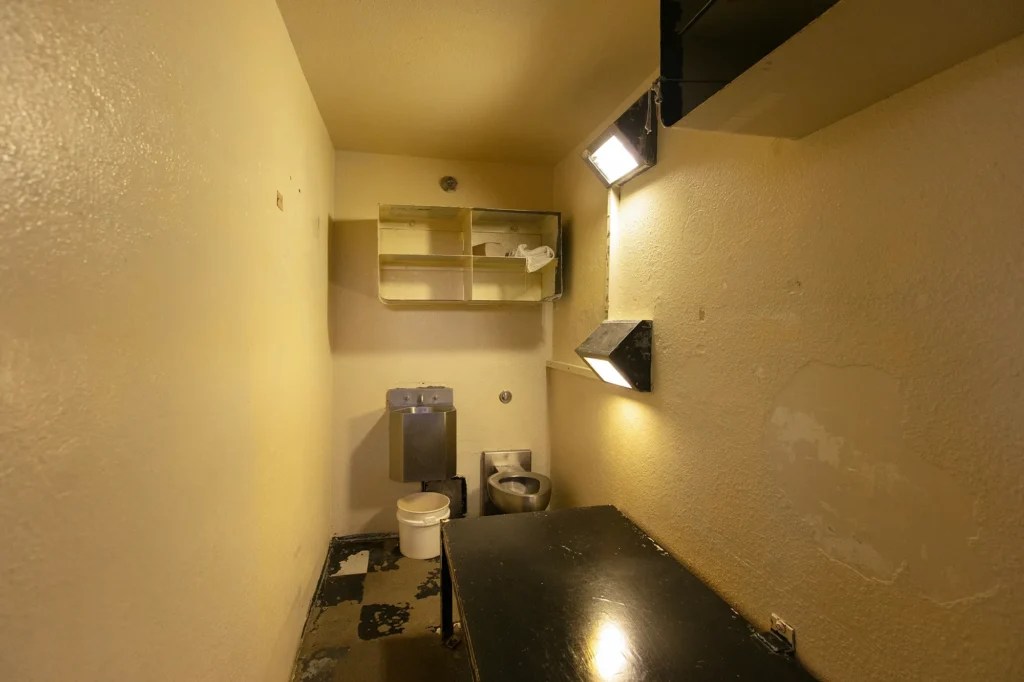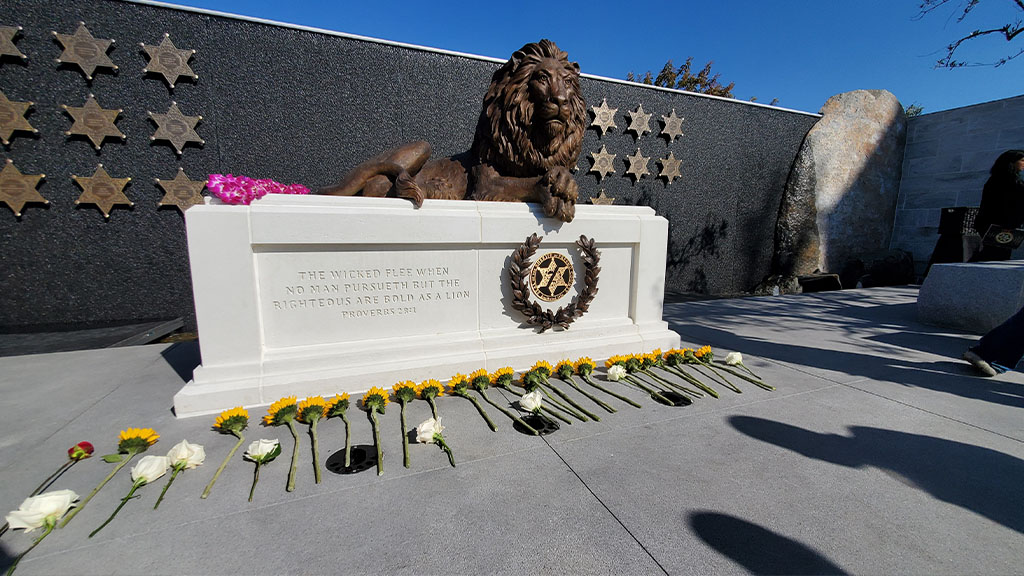A photo provided by the U.S. Coast Guard, shows smoke rising from cargo vessel Morning Midas approximately 300 miles south of Adak, Alaska, June 3, 2025. Three weeks after a fire broke out on the ship off the coast of Alaska, the Morning Midas sank, along with thousands of cars on board. (U.S. Coast Guard via The New York Times)
Share
|
Getting your Trinity Audio player ready...
|
A cargo ship that caught fire off the coast of Alaska sank in the Pacific Ocean on Monday after burning for three weeks, bringing down with it the thousands of cars in its hold.
The Morning Midas sank 360 nautical miles from land after damage from both the fire and severe weather, according to a statement from Zodiac Maritime, the ship’s manager. None of its cargo was salvaged before the ship went down, the company said.
The 600-foot ship was carrying 70 electric vehicles, 681 hybrids, and more than 2,000 conventional vehicles, according to the U.S. Coast Guard. It also had more than 1,800 metric tons of ship fuel onboard, creating potential for an oil spill.
There were no visible signs of pollution as of Tuesday, the Coast Guard said in a statement. Two salvage tugboats remained near where the ship sank to monitor for pollution or debris, with another vessel on the way to protect the ocean environment, Zodiac Maritime said.
All Crew Members Were Rescued
All 22 crew members on the Morning Midas evacuated on a lifeboat and were rescued by another commercial vessel shortly after the fire broke out on June 3, when it was about 1,200 miles from Anchorage.
The ship had been sailing from China to Mexico. Smoke started rising from a deck carrying electric vehicles, and the crew sent a distress alert when they were unable to contain the fire, Zodiac Maritime said.
Firefighting and salvage vessels reached the Morning Midas a week after the start of the fire, which burned out before the ship ultimately sank.
Liberia, under whose flag the ship was sailing, will conduct an investigation into the cause of the fire, while Zodiac Maritime carries out a separate inquiry.
Both Zodiac Maritime and the Coast Guard have said it was too early to determine whether the fire was caused by the electric vehicles. Electric vehicles contain lithium-ion batteries that can overheat and cause fires that spread rapidly and produce toxic gases, making them difficult and dangerous to extinguish.
—
This article originally appeared in The New York Times.
By Francesca Regalado/U.S. Coast Guard
c. 2025 The New York Times Company




















